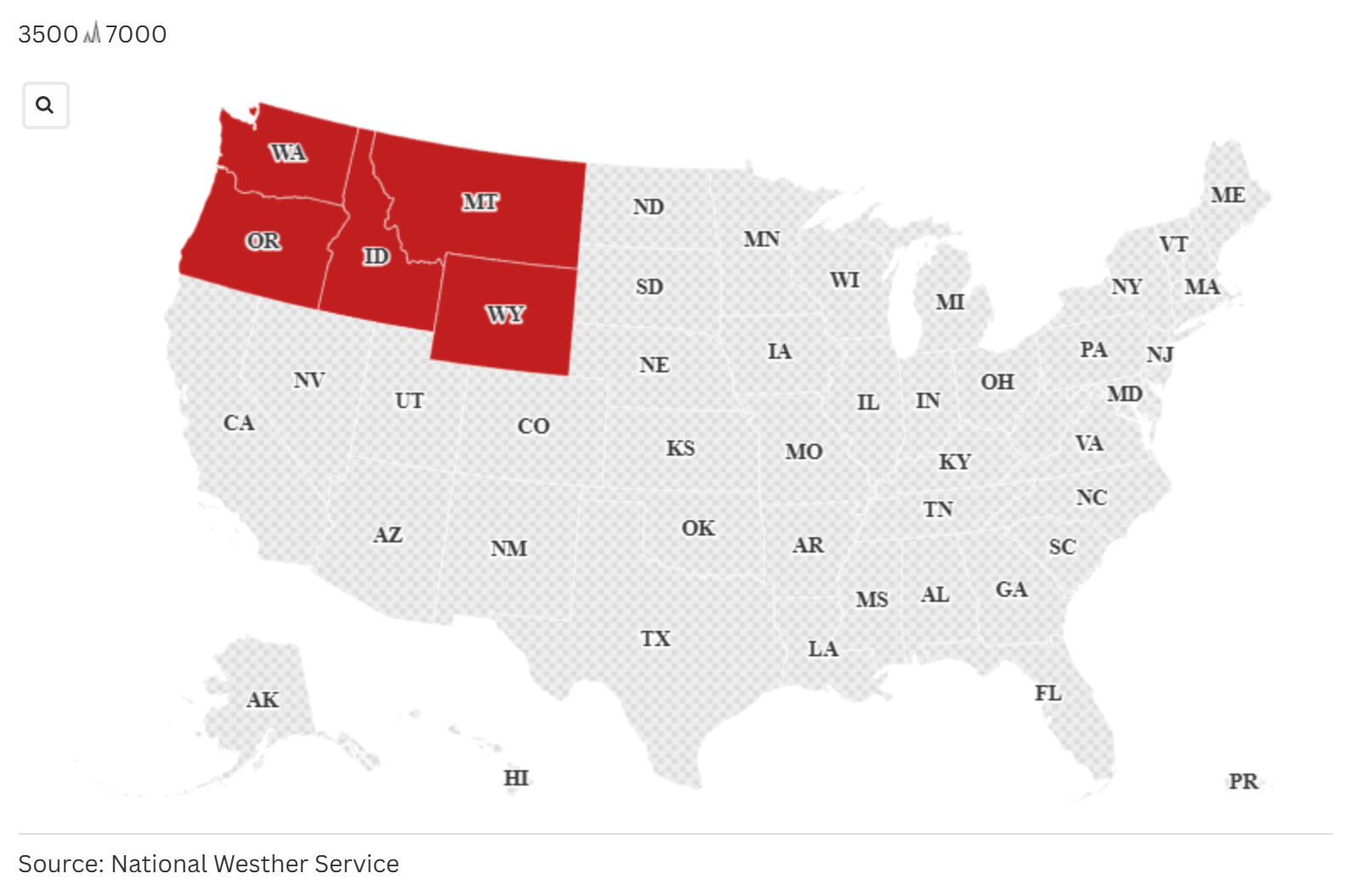Bussiness
Netflix is rolling in cash. What a turnaround!
- Netflix makes money. A lot of money.
- This is not news now. But a few years ago, when the company was burning billions a year, it wasn’t a foregone conclusion.
- Good luck, would-be Netflix competitors!
Netflix made a lot of money in the last three months.
Yawn. What else is new? Netflix is the clear winner of the streaming wars, and every quarter, it gets another chance to demonstrate that. Like it did on Thursday when it added another 5 million subscribers.
But read that first sentence again. It isn’t just that Netflix is far ahead of its rivals when it comes to subscribers and revenue. Netflix is actually bringing in so much money that it is turning a profit, while its competitors struggle to break even.
A lot of profit: $2.3 billion in net income, off of $9.8 billion in revenue. By the end of the year, the company thinks it will have generated $8.7 billion in profit.
Don’t expect anyone to hold a parade to honor Netflix’s achievement. Wall Street expects this kind of performance from Netflix, which is why its stock is near an all-time high.
But it’s still worth noting because not very long ago, lots of very reasonable people thought Netflix might never get here.
That’s because Netflix used to be in the business of burning cash — billions of dollars worth a year — as it built a lead in the streaming wars by licensing other people’s TV shows and movies, and making its own. And Netflix financed all that cash incineration by taking on many billions of dollars in debt.
By the end of 2020, the company had more than $15 billion in long-term debt, and a concern you heard all the time from Netflix bears was: “It’s great that they’re spending all this money on content, but when are they going to pay for it?”
The Netflix answer went something like: “Trust us: All the money we spend on content — especially content we own, forever — is money well-spent because it means we can attract more customers, who will give us more money. And eventually, we’ll have so many customers, and so much money, that we won’t have to borrow any more to keep this going.”
And then they pulled it off: In January 2021, Netflix said it no longer had to tap the debt market to pay for its operations (though it has since borrowed more money to pay off some of its older debt). And things have been booming since.
The best way to see the turnaround is by looking at Netflix’s free cash flow — the money it has on hand after it pays for its day-to-day operations. In 2019, Netflix had negative cash flow of $3.3 billion. By the end of 2023, it had swung to positive $6.9 billion.
That doesn’t mean Netflix is going to go hog-wild on spending now that its thesis has been borne out. The company has made it clear to Wall Street that after years of increasing programming budgets, it is going to keep things flat for a while.
Meanwhile, it knows investors want more money and more profit, which is why it is pursuing multiple things it used to say it would never do: like sell ads, and make it hard for people “share” passwords.
Its competitors are trying similar gambits — but with much smaller user bases, and more constrained programming budgets, which makes it that much harder for them to compete.
Which is not news if you’ve been following the company (again, see this stock chart). Still, good to keep in mind.








